Understanding Joint Hypermobility & Hypermobile Ehlers-Danlos-Syndrome: How Physical Therapy Can Help
If you or a loved one lives with joint hypermobility syndrome (JHS) or hypermobile Ehlers-Danlos Syndrome (hEDS), you know the challenges: chronic pain, fatigue, joint instability, and disruptions to daily life. These complex conditions require specialized care, and physical therapy (PT) plays a central role in management.
The current classification includes 13 types of Ehlers-Danlos Syndrome (EDS):
Arthrochalasia EDS
Brittle Cornea Syndrome
Cardiac-valvular EDS
Classical EDS
Classical-like EDS
Dermatosparaxis EDS
Hypermobile EDS
Kyphoscoliotic EDS
Musculocontractural EDS
Myopathic EDS
Periodontal EDS
Spondylodysplastic EDS
Vascular Ehlers-Danlos Syndrome
Of these, hypermobile EDS (hEDS) is the most common.
Here’s what the latest research tells us:
Key Challenges in JHS/hEDS:
Pain & Fatigue: Widespread or localized pain worsens with activity. Fatigue is often the most disabling symptom.
Joint Instability: Recurrent dislocations/subluxations (especially knees, ankles, shoulders).
Systemic Issues: Dysautonomia (e.g., dizziness), gastrointestinal problems, bladder dysfunction, and anxiety/depression.
Functional Limitations: Reduced muscle strength, poor balance, gait abnormalities, and decreased participation in work, school, or social activities.
Why Physical Therapy?
PT isn’t just about stretching! For JHS/hEDS, treatment focuses on:
Building Stability: Strengthening muscles around hypermobile joints to reduce dislocations and improve proprioception (joint awareness).
Pain Management: Graded exercise programs to avoid overloading tissues and worsening central sensitization.
Improving Function: Tailored exercises to enhance balance, endurance, and daily mobility.
Education: Teaching joint protection, pacing strategies, and activity modification.
Evidence-Based PT Strategies
While more large-scale studies are needed, current evidence supports:
Strength & Resistance Training: Improves muscle function and reduces pain.
Proprioception & Balance Work: Critical for reducing falls and improving coordination.
Aerobic Conditioning: Low-impact activities (e.g., swimming, cycling) boost stamina without joint stress.
Individualized Plans: What works for one person may not work for another. PTs use clinical reasoning to adapt treatments.
Special Considerations
Children: May experience developmental delays, clumsiness, and school difficulties. Early PT can improve motor skills and confidence.
Adults: Focus shifts to managing chronic pain, preventing deconditioning, and maintaining independence.
Avoid Overexertion: "No pain, no gain" does NOT apply. Progress must be gradual to prevent flare-ups.
While research gaps remain, physical therapy continues to evolve. A multidisciplinary approach, including physicians, occupational therapists, and mental health professionals, offers the most comprehensive care
Making Movement Safe and Effective
Exercise is essential for people with hEDS and JHS. It strengthens muscles that stabilize joints, reduces pain from muscle spasms, and supports healing from sprains or strains. But exercise should be tailored, working with a PT familiar with hypermobility ensures it's safe and effective.
General guidelines:
Start low and go slow, gradually build up reps, time, or resistance. Prioritize consistency.
Focus on movement control and strengthening stabilizing muscles.
Choose low-impact activities like swimming, Pilates, or resistance band work.
Avoid high-impact sports, activities focused on extreme flexibility, or contact sports.
Advocate for yourself: Share your symptoms openly, systemic issues (e.g., dizziness, digestive problems) impact your PT plan.
People with vascular EDS (vEDS) should stick to low-intensity exercise and avoid straining or anything that spikes blood pressure.
Stretching & Manual Therapy
Stretching may feel good, but overstretching can worsen joint instability.
A PT can teach you how to:
Stretch safely and stabilize overly mobile joints
Target muscles that are truly tight
Strengthen instead of stretch when muscles feel overworked
Gentle manual therapy techniques like joint mobilization, soft tissue work, or trigger point therapy can also help reduce pain and improve movement when used alongside exercise.
Though JHS and hEDS are lifelong conditions, physical therapy can help you move with confidence, reduce injury risk, and improve your quality of life. With the right support and a tailored approach, you can do more than just manage your symptoms, you can thrive.
Looking for guidance? Contact us today at Neev Physical Therapy and Wellness to schedule a virtual or in-clinic appointment with a physical therapist who understands hypermobility. We're here to help you move better, feel stronger, and live fully.
References
Engelbert RH, Juul-Kristensen B, Pacey V, de Wandele I, Smeenk S, Woinarosky N, Sabo S, Scheper MC, Russek L, Simmonds JV. The evidence-based rationale for physical therapy treatment of children, adolescents, and adults diagnosed with joint hypermobility syndrome/hypermobile Ehlers Danlos syndrome. Am J Med Genet C Semin Med Genet. 2017 Mar;175(1):158-167. doi: 10.1002/ajmg.c.31545. PMID: 28306230.
Garreth Brittain, M., Flanagan, S., Foreman, L., & Teran-Wodzinski, P. (2023). Physical therapy interventions in generalized hypermobility spectrum disorder and hypermobile Ehlers-Danlos syndrome: a scoping review. Disability and Rehabilitation, 46(10), 1936–1953. https://doi.org/10.1080/09638288.2023.2216028
https://www.ehlers-danlos.com/physical-therapy/#1706105139732-611c150e-42f6
https://www.nhs.uk/conditions/ehlers-danlos-syndromes/


